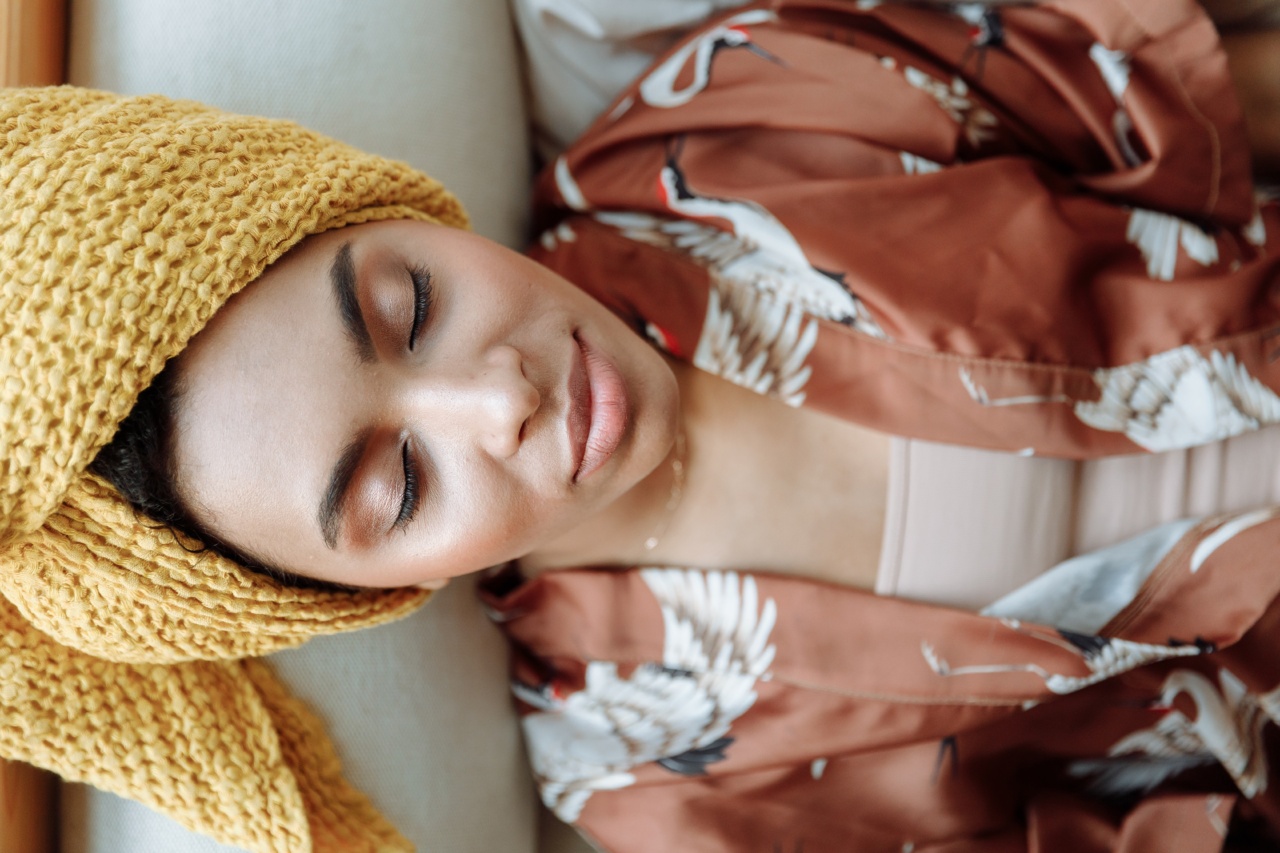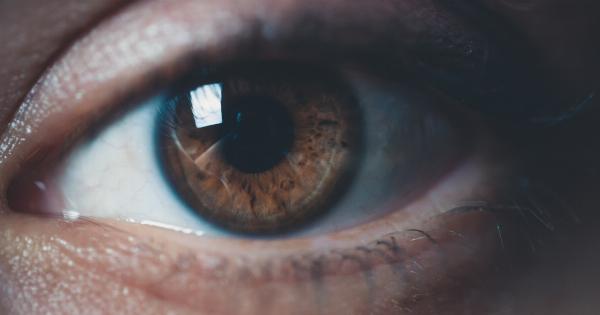Exposure to the sun can cause several eye problems, including cataracts, macular degeneration, and corneal damage. Certain groups are more susceptible to these issues than others.
Here are ten groups that need to take extra precautions to protect their eyes when spending time outdoors:.
1. Children
Children are more susceptible to sun-related eye damage than adults because their eyes are still developing, and their pupils are larger. This means that their eyes let in more harmful UV rays than an adult’s eyes.
Parents should ensure their children wear sunglasses with 100% UV protection and wide-brimmed hats when playing outside.
2. Seniors
Sun-related eye damage is also more common in seniors. As we age, our eyes become less able to filter out UV rays, leaving them more susceptible to damage. Seniors should wear sunglasses, preferably wrap-around styles that block UV rays from all angles.
3. Outdoor workers
Outdoor workers, including landscapers, construction workers, and farmers, spend long hours in the sun and are prone to eye damage.
Employers should provide their workers with protective eyewear, and workers should wear wrap-around sunglasses with 100% UV protection to protect their eyes.
4. Athletes
Athletes who play outdoor sports, such as tennis, golf, and baseball, are often exposed to high levels of UV radiation. Athletes should consider wearing tinted or polarized sunglasses to reduce glare and protect their eyes.
Some sport-specific sunglasses are designed to enhance contrast, which can help athletes better track the ball or their opponents.
5. Fair-skinned individuals
People with fair skin are more susceptible to sunburn and sun damage to the eyes. If you have fair skin, you should wear sunglasses and a hat when outdoors to reduce your risk of eye damage.
6. Contact lens wearers
Wearing contact lenses increases your risk of sun-related eye damage because contact lenses can absorb UV radiation and concentrate it on the surface of the eye.
Contact lens wearers should wear wrap-around sunglasses with 100% UV protection to reduce the risk of damage.
7. Individuals with certain eye conditions
Individuals with certain eye conditions, such as retinal dystrophy, macular degeneration, and cataracts, are more susceptible to sun damage. These individuals should always wear sunglasses with 100% UV protection when outdoors.
8. People on certain medications
Some medications, such as tetracycline and sulfa drugs, can increase your risk of sunburn and sun-related eye damage. Read the label of your medication or talk to your doctor to determine if you need to take extra precautions when outdoors.
9. Individuals who have had eye surgery
People who have had certain eye surgeries, such as LASIK or cataract surgery, are more susceptible to sun damage because their eyes are more sensitive.
These individuals should wear sunglasses with 100% UV protection and should be cautious when spending time outside, especially during the peak hours of 10 am to 4 pm.
10. Individuals who live in sunny climates
People who live in sunny climates, such as Florida and California, are more susceptible to sun damage because they are exposed to high levels of UV radiation year-round.
Residents of sunny climates should wear sunglasses with 100% UV protection and wide-brimmed hats when spending time outdoors.
Conclusion
Eye damage caused by sun exposure is preventable with proper precautions. Anyone who spends time outdoors should wear sunglasses with 100% UV protection and a hat to reduce the risk of eye damage.
Those who belong to any of the groups mentioned above should be extra cautious when spending time outside.






























